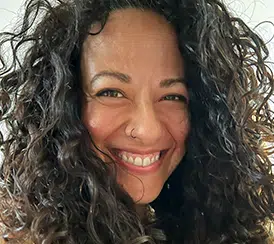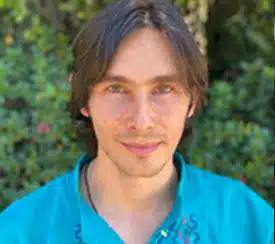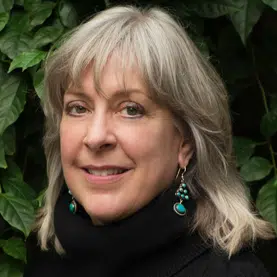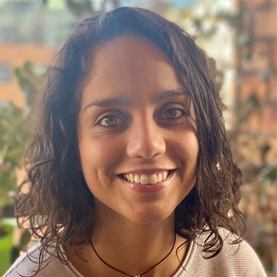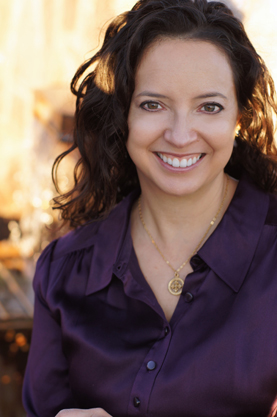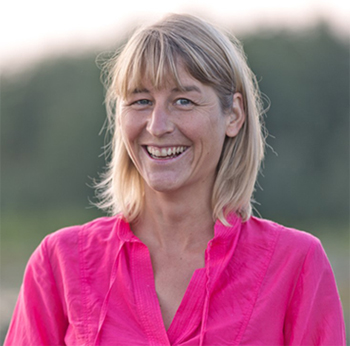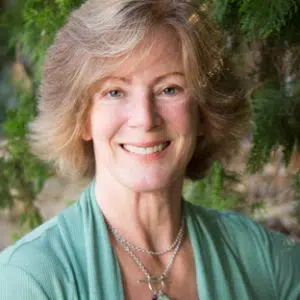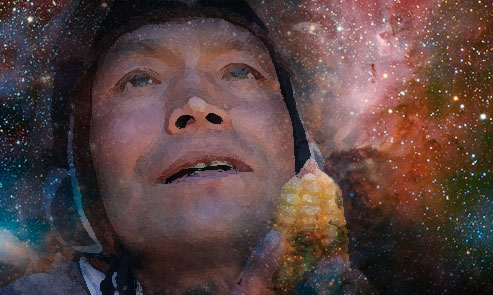
I was with a dozen medicine men and women, and we were breaking into the ruins to do sacred ceremony in the temples built by their ancestors. The law forbade Indians from entering Machu Picchu to hold their rituals. The government did not want to jeopardize the considerable revenues it earned every year from visitors to this archaeological site. What if the descendants of the Inka wanted to stake a claim to these ancient ruins? Banning rituals fostered the illusion that the site was simply of historical interest.
The moon was high in the sky by the time we reached the Temple of the Pachamama, a gigantic stone propped up on its side. The rock face seemed to trace the outline of the distant mountain range. Archaeologists say that this was the temple of the Virgins of the Sun, the acllas of Machu Picchu. Our ceremony would take place in the square.
One of the women used a stick to trace a large circle on the ground. Then Don Manuel assigned roles to each person. There were four positions, arranged on the four cardinal directions. One person would be in the South and represent the serpent. The young woman selected was given an oiled boa skin that she placed around her neck, like a scarf. An old man in the West draped a jaguar fur over one shoulder, while a woman in the North put on a manta, a shawl, with hundreds of hummingbird feathers sewn into it. In the East, another shaman strapped the desiccated body of a magnificent condor onto his back.
A dance began. One by one, each person would take a turn twirling in the place of the serpent, then move to the West and drape themselves with the skin of the jaguar, then the North and place the manta of the hummingbird around them, and then the East, with the condor on their back. Finally, we would end up in the very center of the circle.
I noticed how sinuously the young woman with the boa moved, eyes closed in a private dance, absorbed by the power of this animal. Then the call came to rotate, and she was unable to break free of the grip of the sensuous serpent. Don Manuel had to step in and remove the boa that had slid down to her shoulders and spray flower water in her face to bring her back.
“It’s easy to be seduced by the power of any one of these animals,” he explained. “In the South, we can get caught in the spell of the sensuous. In the West, the jaguar can snare us with its power. And some of the Laika of old succumbed to the temptation of using this power for their own gain exclusively.
“In the North,” he went on, “hummingbird can trap you in a fascination with yourself, so that the world seems to spin around you, and you become the center of creation. Hummingbirds are fiercely territorial and can forget that there is enough nectar to go around for everyone. And in the East, the eagle or condor can be enticed by greed. The condor has such mighty wings it can fly a few hundred feet into the air with a young llama, drop it on the rocks, and come back a few days later to eat it after it has fermented. But some are so greedy they will pick the fattest llama in the herd, try to take flight with it and end up crashing on the ground and losing their meal.”
Don Manuel was telling me that each of the Spirit Animals had its own gift and its own trappings. Each represented one of the great forces of the universe, and you had to master all four—without becoming trapped by any of them—to become a luminous warrior. Then you had to step into the center of the circle and embody all of them. And this was the fifth force, love.
“It is the power of love that organizes the four forces,” Don Manuel explained. “It will allow you to do the seemingly impossible. That’s how you test the power of your love. You pick a seemingly impossible task and you do it. “But if you are not in proper relationship with the four Spirit Animals, then you will experience love only as a feeling, a fleeting sentiment. It will wash through you and leave you empty, longing for more.”
I did not understand. I asked Don Manuel for an explanation.
“Find what is most difficult for you to love and love it,” he said.
He explained that their theme that night was to bury the sword of the conquest and allow the tree of life to grow from it. They were loving the conquistadores, the men who raped the Inkas’ mothers and looted their temples. They were thanking them for the lessons they brought to their people, harsh as they were.
Find what is most difficult for you to love and love it.
This is the practice of the luminous warrior—not to vanquish your enemy, but to love that which is most difficult.
This has become my personal spiritual practice.
